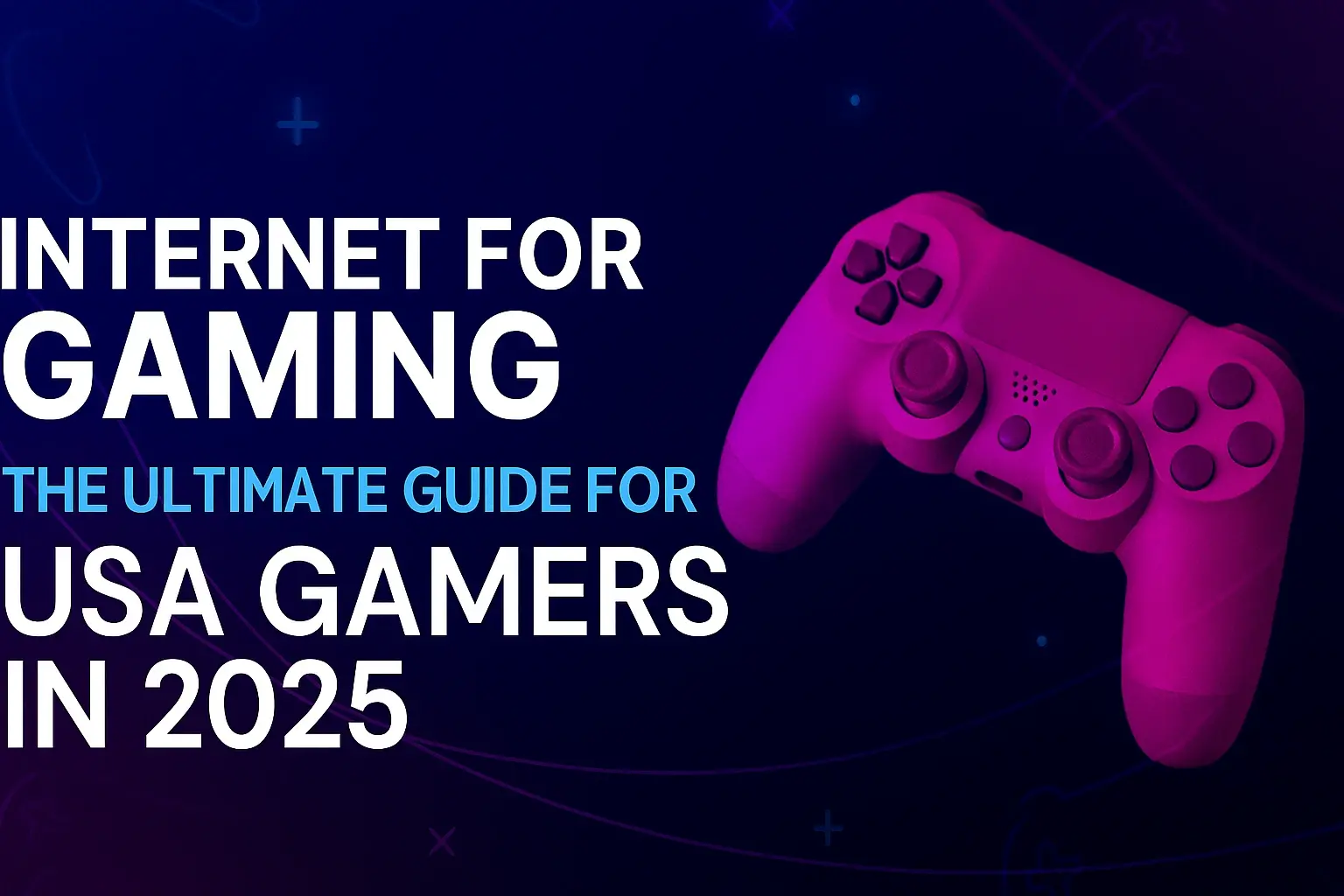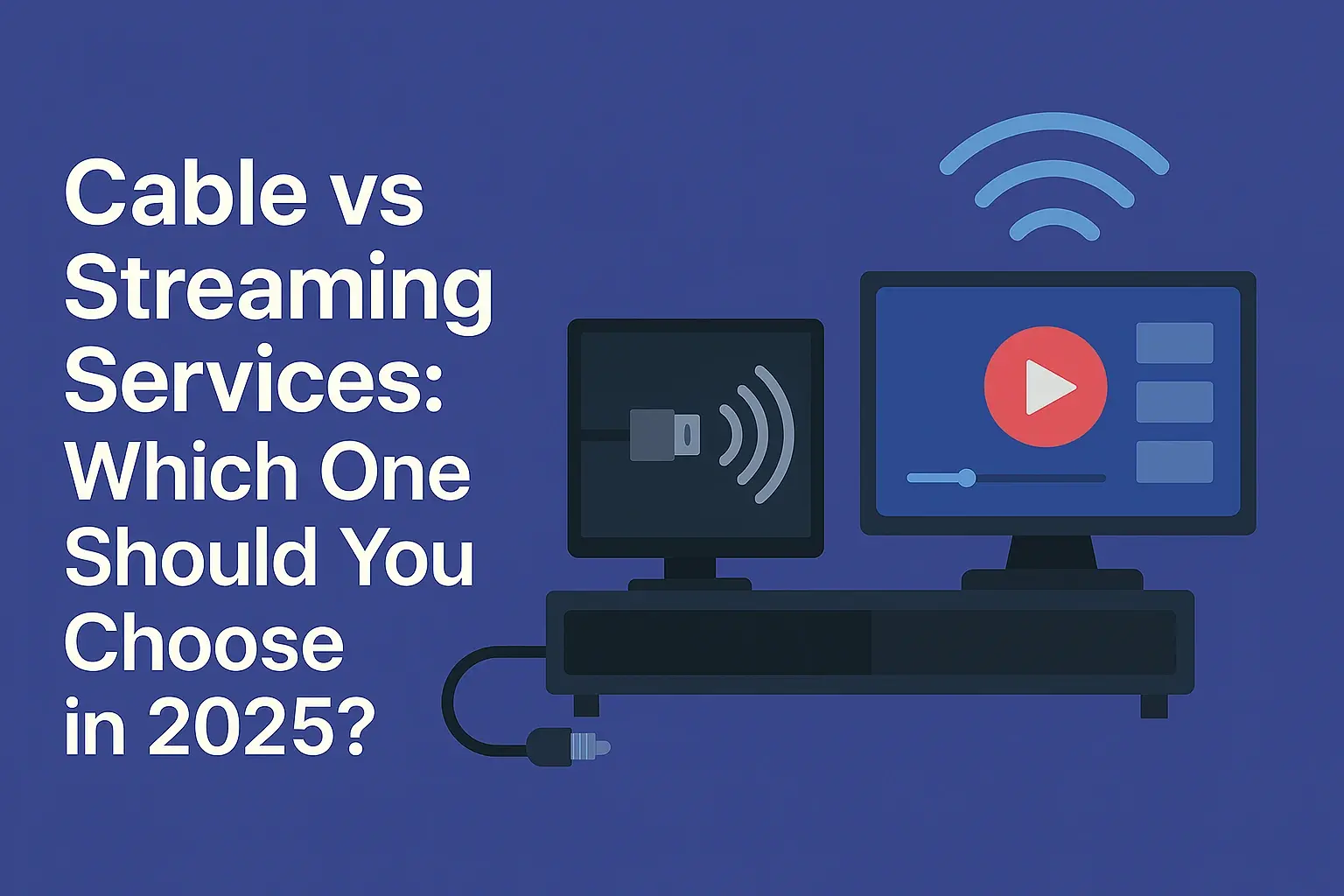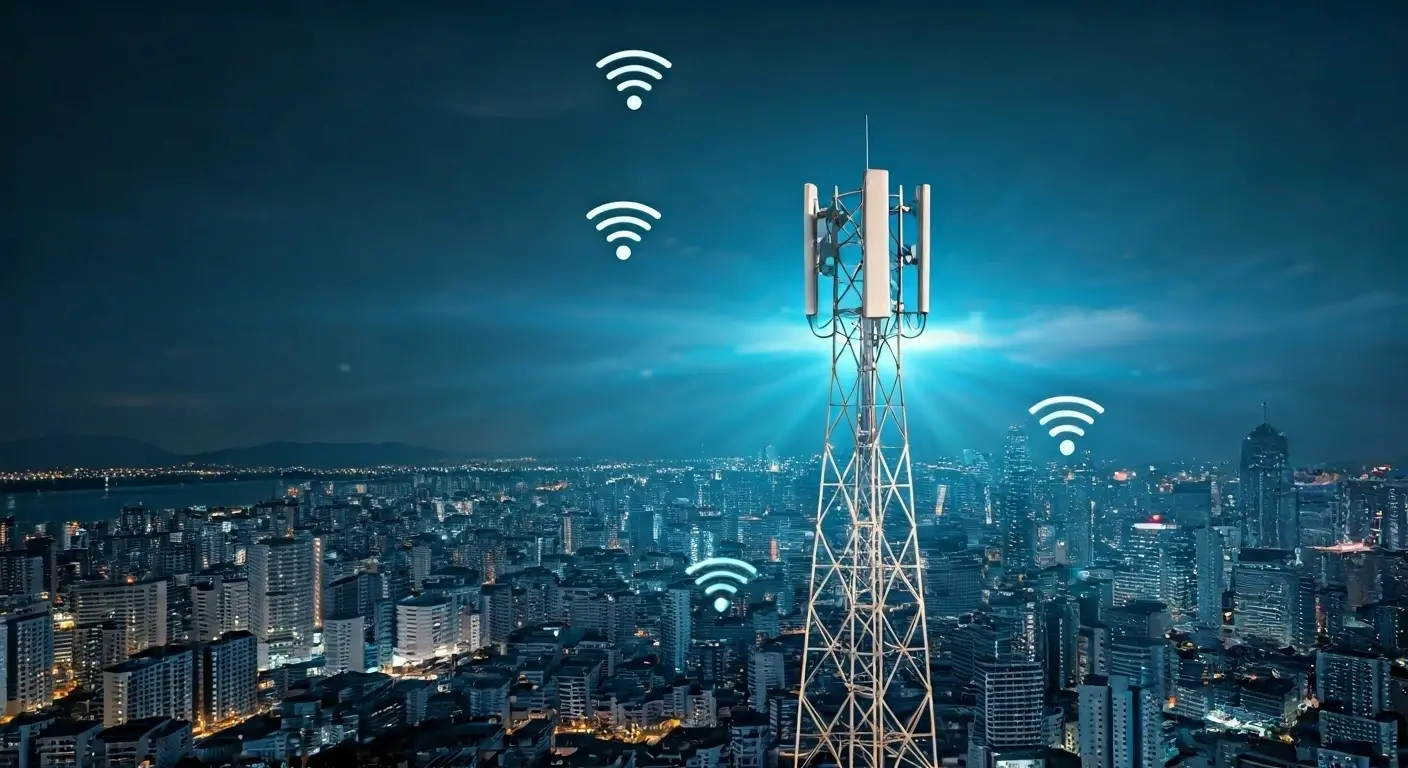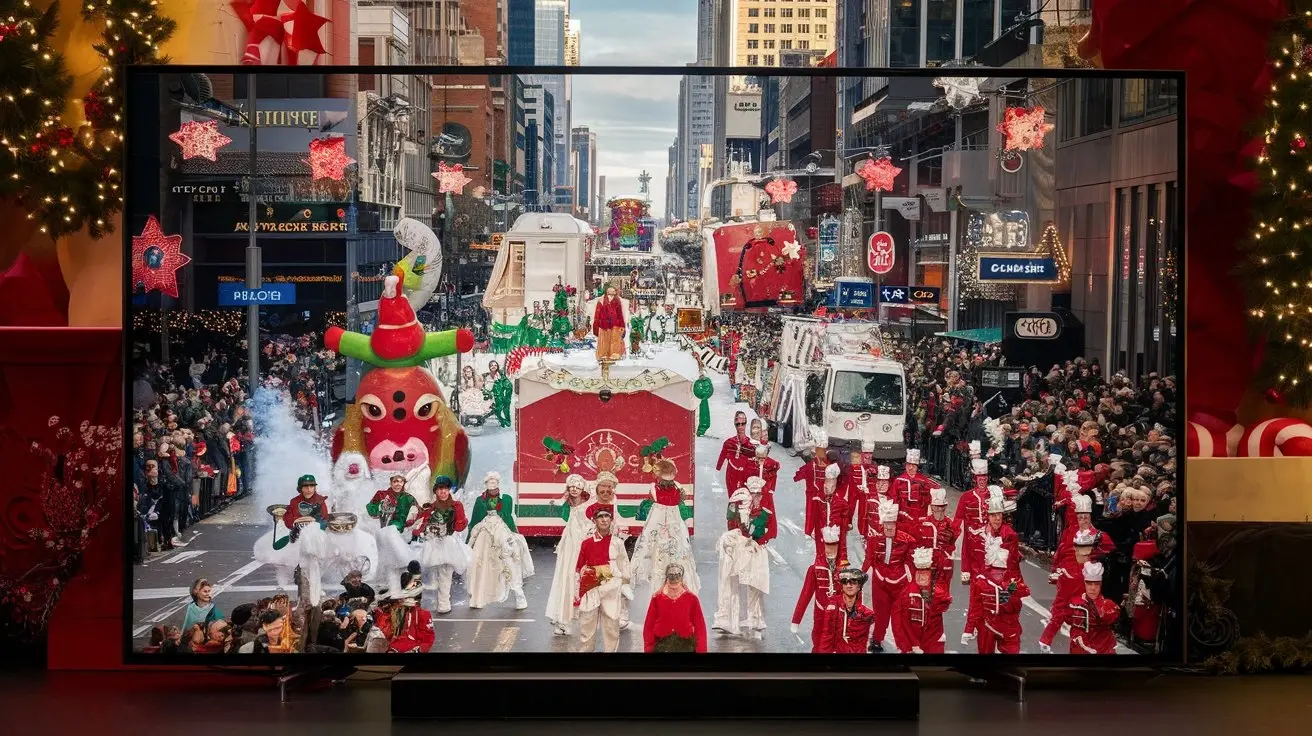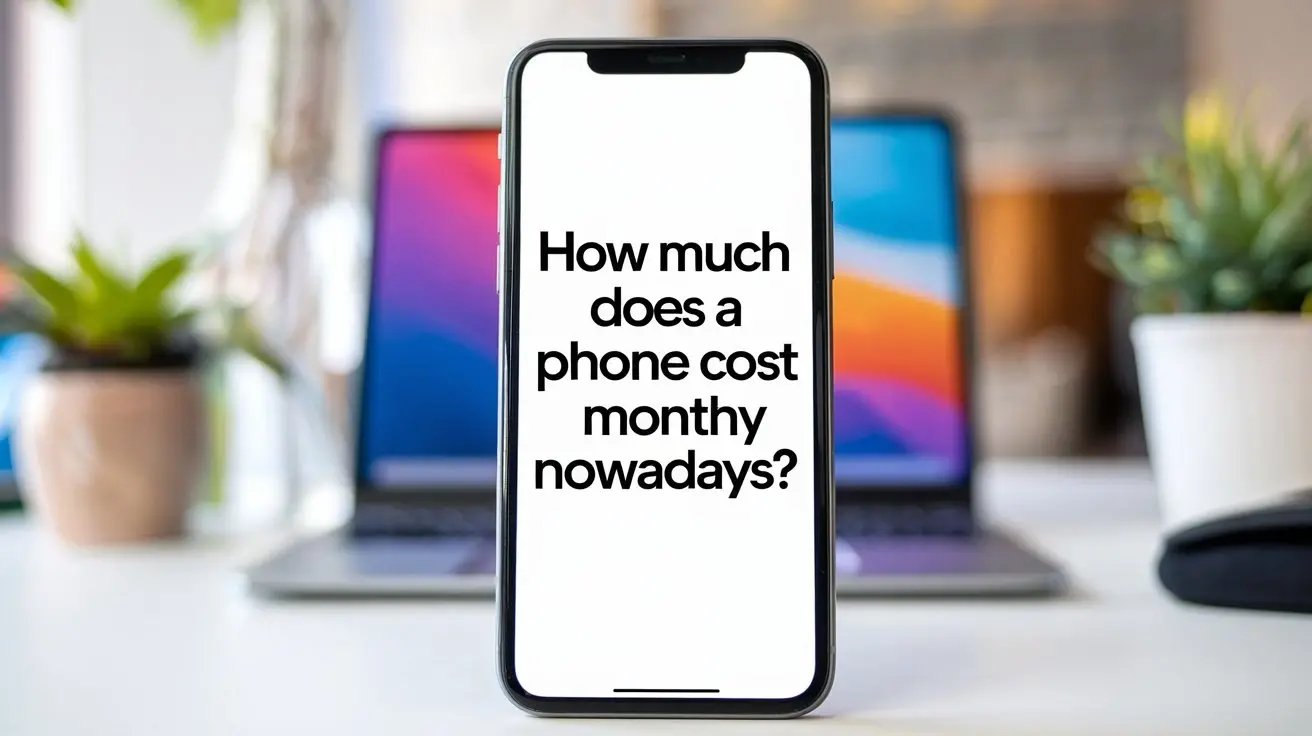
When you choose an internet service for your home or business, you will find two main types: cable internet and fiber internet. These technologies work in different ways to send data, and each has its pros and cons. Knowing the differences is key to making a smart choice that fits your online needs. This blog post will look at these differences to help you find the best option for you.
Understanding Fiber Internet
Fiber internet is getting a lot of attention because it is very fast and reliable. It is a new technology, so it is not as widespread as cable internet. However, it uses light signals to send data through fiber optic cables, which makes it a popular choice for people who want the fastest internet speeds.
What makes fiber internet special is its symmetrical upload and download speeds. This means you can upload and download information at the same speed. This is great for tasks that need a lot of bandwidth, like video conferencing, online gaming, or uploading large files.
Defining Fiber Internet Technology
Fiber internet works differently from cable internet. It uses light signals instead of electrical signals to send data through thin strands of glass or plastic called fiber optics. These light signals travel very fast, close to the speed of light. This makes fiber internet much faster than standard cable connections.
Using light signals has several benefits over electrical signals. First, it reduces data loss over long distances, which means a stronger connection. Second, fiber optic cables get less affected by outside interference, like electromagnetic radiation. This leads to better data quality and reliability.
Because of these advantages, fiber internet is great for users who need high bandwidth and dependable service for things like streaming high-definition content, online gaming, or working from home. As technology improves, fiber internet is set to become more common in the future.
Benefits of Choosing Fiber Internet
Fiber optic internet provides faster speeds for both uploading and downloading large files. It's a great choice for people who need high bandwidth. Whether you are streaming 4K videos, playing online games, or working from home with big file transfers, fiber internet offers a smoother online experience.
One major benefit of fiber is symmetrical speeds. This means you can send and receive data at the same speed. This is better than cable internet, which often has slower upload speeds. Symmetrical speeds help with activities like:
-
Video conferencing: Enjoy smooth video calls with clear audio and video.
-
Online gaming: Get an edge with lower delays, leading to quicker responses.
-
Cloud storage: Upload and download large files easily, improving your workflow.
These benefits make fiber internet a good investment for those who care about speed and reliability in their online activities.
Exploring Cable Internet
Cable internet is a popular choice because it is available in many areas and usually works well. It runs through the same coaxial cables used for cable TV. This makes it a handy option for many homes. Even though fiber internet is becoming more common, cable internet stays strong. It offers different plans with various speeds to meet different needs.
Cable internet may not be as fast as fiber internet or offer equal upload and download speeds, but it still works well for most online activities. Keep in mind that cable internet shares a network. This means that during busy times, the performance might slow down.
How Cable Internet Works?
Cable internet uses the existing coaxial cables that carry cable TV signals. This makes it easy to access. It sends data digitally with electrical signals using copper wiring in the coaxial cable.
When you sign up for a cable internet service, your internet service provider (ISP) sends data as electrical signals through the coaxial cable to your home. A cable modem receives these signals and changes them into a format your devices can use. After this, the data goes to your devices, allowing you to connect to the internet.
Since cable internet uses the cables already in place for cable TV, it can be set up easily, even in places without fiber optic cables. It is a good and practical choice for homes that want a fast and reliable internet connection at a fair price.
Advantages and Limitations of Cable Internet
Cable internet has many benefits when compared to other types of internet connections. It is widely available, making it easy for many people to access. Bundling cable internet with cable TV and phone lines makes billing simpler and can lower costs, which is a big factor for many consumers.
But cable internet also has some downsides:
-
Slower upload speeds: Cable internet usually has slower upload speeds than download speeds. This can be a problem for tasks that need big file uploads.
-
Shared network: Since cable internet uses shared bandwidth with others in the area, speeds can drop during busy times.
-
Rental fees: Cable internet may require renting a modem from the service provider, which increases the monthly costs.
Thinking about these pros and cons can help you decide if cable internet is right for your online needs.
Speed Comparison: Fiber vs. Cable
The difference in speed between fiber internet and cable internet is a big topic when people compare the two. Fiber internet usually provides much higher speeds than cable internet. Often, fiber can deliver download speeds that go over 1 Gigabit per second (Gbps). In contrast, cable internet speeds usually range from 100 to 500 Mbps, which is much slower than what fiber can do.
Upload speeds also show the gap between them. Fiber internet often gives symmetrical upload and download speeds. This means the speeds for both are the same. On the other hand, cable internet has much slower upload speeds. This is important for activities like uploading large files, video conferencing, or online gaming. Faster upload speeds matter a lot for a better experience in these areas.
Real-World Speed Tests and Results
Real-world speed tests offer valuable insights into the actual performance of different internet connections. These tests measure the time it takes to download and upload data, providing a realistic representation of the internet speed you can expect to experience. While advertised speeds offer a general guideline, real-world speeds are often influenced by various factors, including network congestion, the number of users, and the quality of infrastructure.
It's important to note that speed test results can fluctuate based on location and the time of day. For instance, cable internet speeds may drop during peak hours due to network congestion, while fiber internet connections tend to be more consistent.
Impact of Speed on User Experience
The speed of your internet connection affects many parts of your online experience. Fast download speeds mean less waiting time when you stream movies or download large files. This gives you better entertainment and smoother data transfer. Fast uploads are also important for sharing large files, saving data in the cloud, or having video conferences without delays or breaks.
For serious online gamers, a fast and stable internet connection is essential. Higher speeds and lower latency lead to quick response times that help you stay ahead of the game. It's also crucial for the connection to be stable because any lag can interrupt play and hurt performance.
Whether you use the internet casually or need a strong connection for work or fun, knowing how speed affects your experience is important. This knowledge can help you choose between fiber and cable internet. Think about your online habits and needs to make the best choice for your lifestyle.
Cost Analysis: Fiber Internet vs. Cable Internet
Choosing between fiber and cable internet often comes down to comparing performance and cost. Fiber internet usually costs more because it has higher installation expenses, but prices are starting to get more competitive. On the other hand, cable internet has been around longer. It tends to have more pricing choices, including some providers that offer special discounts or promotional prices.
When looking at these options, it's important to think about long-term value. Cable internet might seem cheaper now, but fiber internet gives you a better guarantee for future speed since it can reach much higher speeds. Checking your budget and estimating your internet needs for the next few years can help you find the most cost-effective choice for your needs.
Pricing Structures and Monthly Plans
Fiber internet and cable internet services usually have monthly plans. These plans offer different speeds and data options to meet various user needs. Providers often include other services, like television or phone, with these plans. This can help you save money.
The price of the monthly plans generally depends on the speed and data limits. For example, a basic fiber internet plan with good speed might cost a bit more than a similar cable internet plan. But, more advanced fiber internet plans that provide much faster speeds often come with a higher price than high-speed cable plans.
When looking at the total cost of these options, it’s important to think about installation fees, rental fees, and data overage charges. Comparing plans and prices from different providers in your area is a good idea. This way, you can find the best service package for your needs that is also cost-effective.
Long-Term Value of Fiber vs. Cable
When choosing between fiber and cable internet, it is important to look at long-term value, not just the initial costs. Fiber internet is newer and provides much higher speeds and more bandwidth. This means it can handle future internet needs since technology is always changing.
Cable internet has been around for a long time, but struggles to keep up with fiber's speed as technology grows. Cable providers are working to improve their services, but fiber's use of light signals for data makes it better overall.
In the end, your choice should depend on how you use the internet, what you might need in the future, and what services are available where you live. If you expect to rely on high-bandwidth activities or want fast speeds, choosing fiber is a smart move for staying connected in the long run.
Availability and Coverage in the U.S.
The need for high-speed internet, especially fiber optic internet, is becoming more important in the U.S. Even though we have made big progress in internet technologies, not everyone has access to fast and reliable internet. This creates a gap or "digital divide" that affects education, job opportunities, and fairness in society.
Cable internet is widely available and serves a much larger number of people. In contrast, fiber internet is growing its coverage quickly. Still, building fiber optic networks is costly and takes a lot of time. As a result, internet service providers (ISPs) tend to focus on large cities. This leaves many rural areas without good service.
Mapping Fiber and Cable Internet Accessibility
Mapping the availability of fiber and cable internet in the U.S. shows a big difference between cities and rural areas. Major cities have access to both types of internet, with fiber providers working hard to grow their services. There is lots of competition here, which often leads to lower prices and many different plan options.
When you look at areas outside the cities, the situation changes. In suburban and rural regions, cable providers are the main option. They provide reliable high-speed internet to most people. Yet, there is not much access to fiber internet. This limits choices for those who want the fastest speeds and better upload/download options.
This gap shows how important it is to invest more in broadband infrastructure. We need to focus on underserved areas to help close the digital divide. Government programs, partnerships, and local community efforts can help bring high-speed internet to more people, promote fairness online, and open up economic opportunities for everyone across the country.
Rural vs. Urban Internet Options
The digital divide in the U.S. shows a clear difference between internet choices in rural and urban areas. Most cities and towns have high-speed internet through fiber optic and cable connections. In contrast, rural communities struggle with fewer options and slower speeds.
The Federal Communications Commission (FCC) understands how important it is to close this gap. They have programs that help expand broadband in areas that lack good internet. These programs encourage internet service providers (ISPs) to invest in building the needed infrastructure. The goal is to bring high-speed internet to rural areas that are still unconnected or underserved.
However, there are still challenges. To expand broadband access in remote places takes a lot of money. ISPs often find it hard to justify the costs because there are fewer people to serve. As a result, options like satellite internet are available. But they can be more expensive and often have higher delays, which affects the user experience.
Installation and Equipment Needs
Understanding how to install fiber and cable internet is important for a smooth start with your new plan. Both services need a worker to install them. This person will make sure your home or business has the right wiring to get the service.
To set up fiber internet, the technician will connect your place to the fiber optic network. This usually needs special tools, like an optical network terminal (ONT). For cable internet, the setup uses the coaxial cables that are already there. However, you may need to get a new modem based on the cable internet plan you choose.
Preparing for Fiber Internet Installation
Preparing for your fiber internet installation can make the process smooth and easy. Before the installation day, find the best spot for your fiber connection. It should be close to a power outlet and easy for the technician to reach. Make sure to let your internet service provider (ISP) know if there are any possible issues, like needing to drill through walls or run cables in tight spaces.
On the day of installation, please clear the area of any clutter. This will give the technician enough space to work. During the process, they will set up an optical network terminal (ONT). This device will change light signals into digital data that your devices can use.
After the installation is done, be ready to test your internet connection. Make sure everything works as it should. Once that’s done, you can connect your devices to the internet and enjoy your new fiber internet service!
Cable Internet Setup Requirements
Setting up cable internet is usually easy. You just need to connect the coaxial cable in your home to a cable modem. Your internet service provider (ISP) will often give you a modem that works well with their service. However, if you buy your modem, you might save money on rental fees.
Before you start, find the coaxial cable outlet. This is usually near your TV or entertainment center. Once you find it, plug one end of the coaxial cable into the outlet and the other end into the cable modem.
After you connect the cables, turn on the cable modem. Wait for a few minutes as it connects to your ISP's network. When it is connected, follow your ISP's steps to activate your internet service and set up your Wi-Fi network.
Conclusion
In conclusion, picking between fiber and cable internet services depends on what you need and want. Fiber gives you fast speeds and reliable service, which is great for heavy users. On the other hand, cable internet is more affordable and widely available. Think about things like speed, coverage in your area, and long-term value when deciding. No matter if you choose fiber or cable, both have their good and not-so-good points. Make your choice based on what is important to you, including performance, cost, and how easy the setup is. Knowing these key differences will help you choose the internet service that works best for your home or business.

